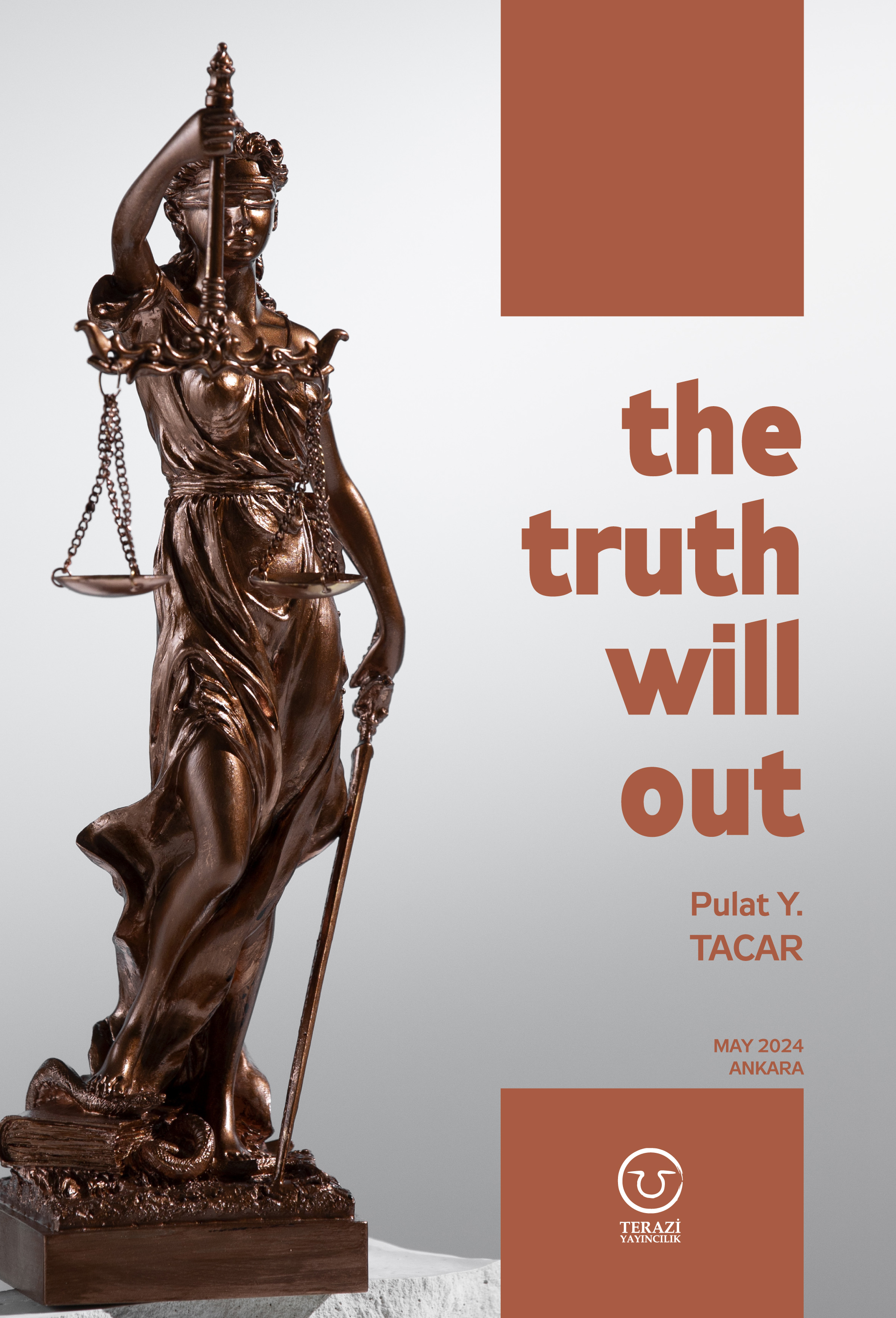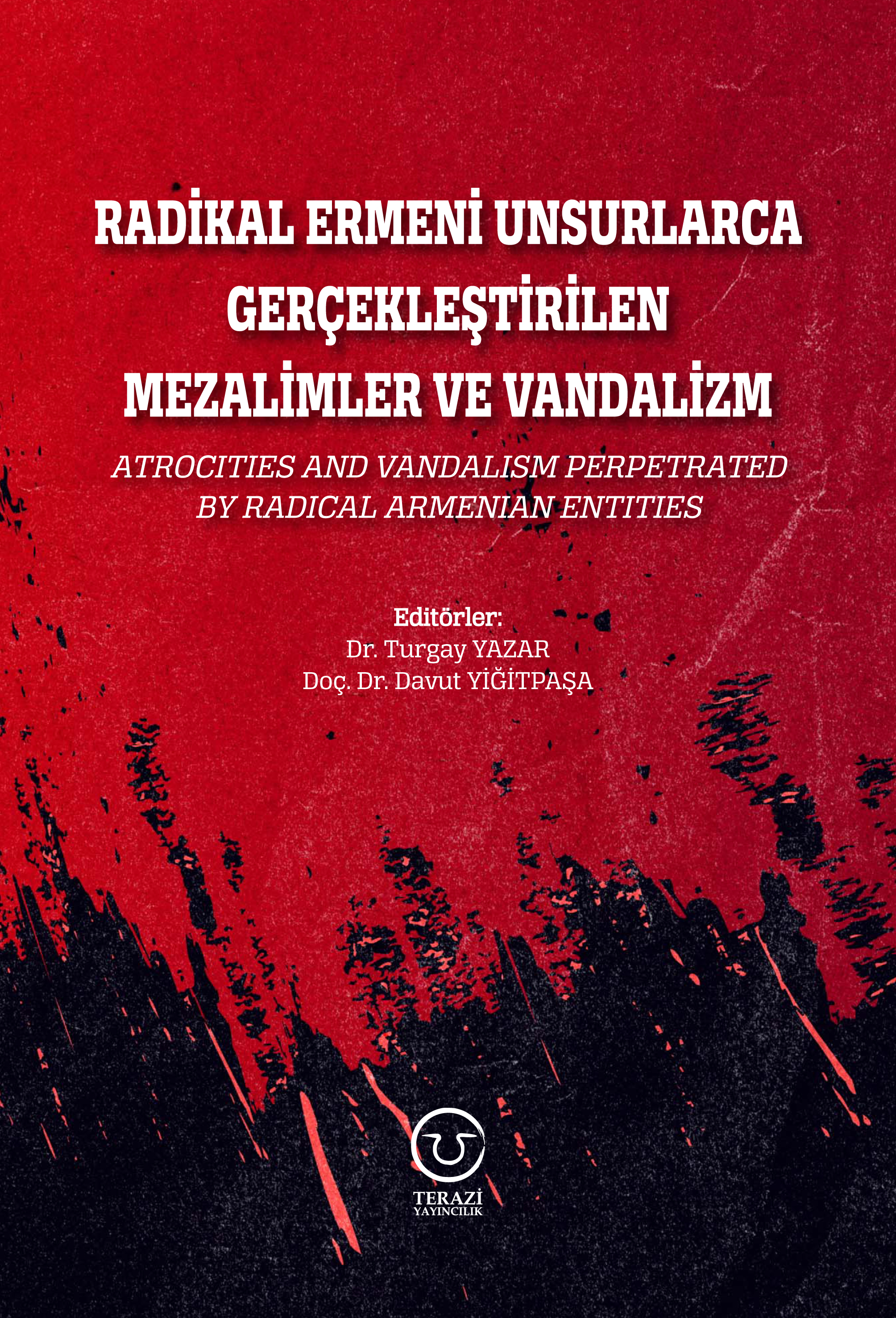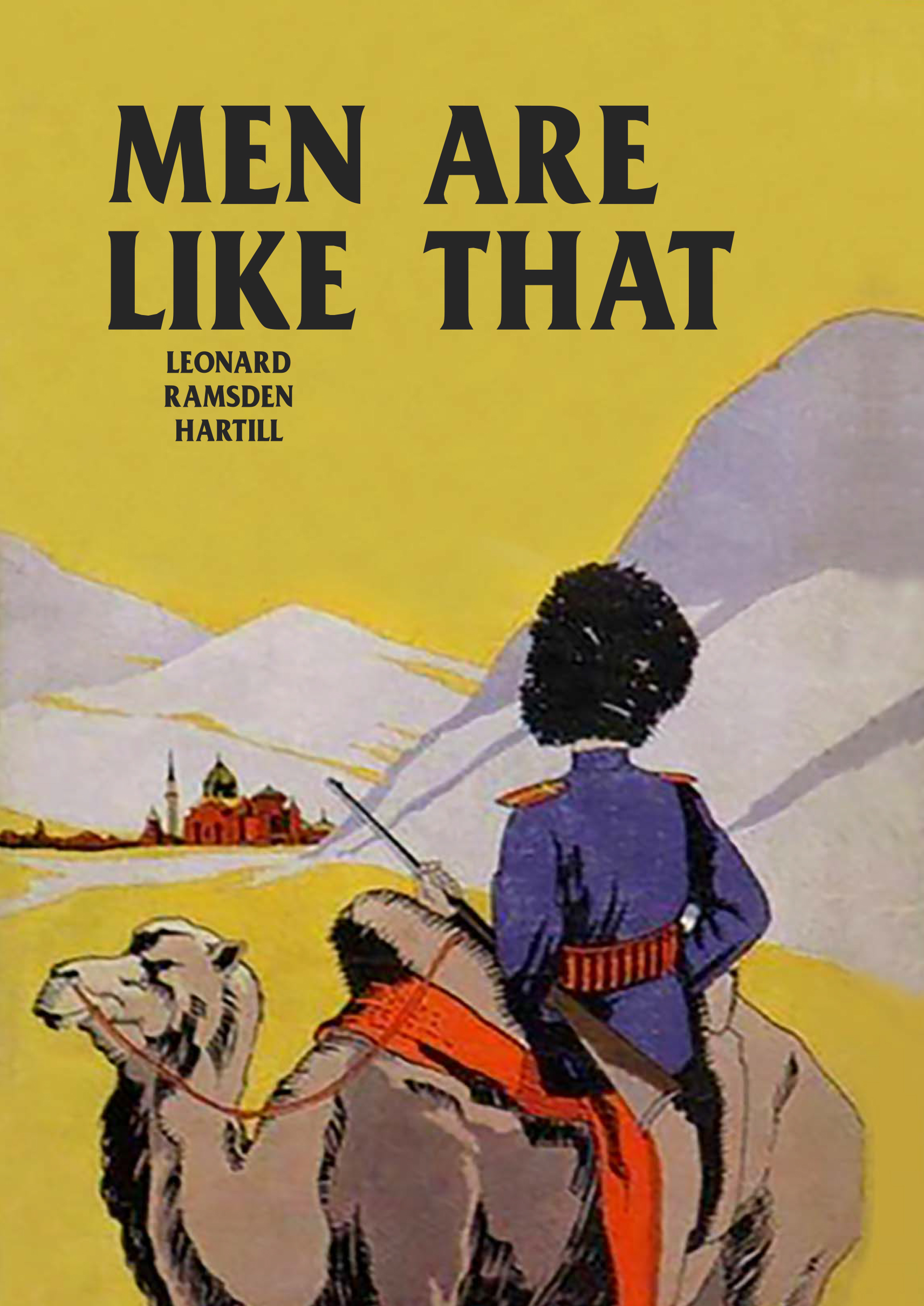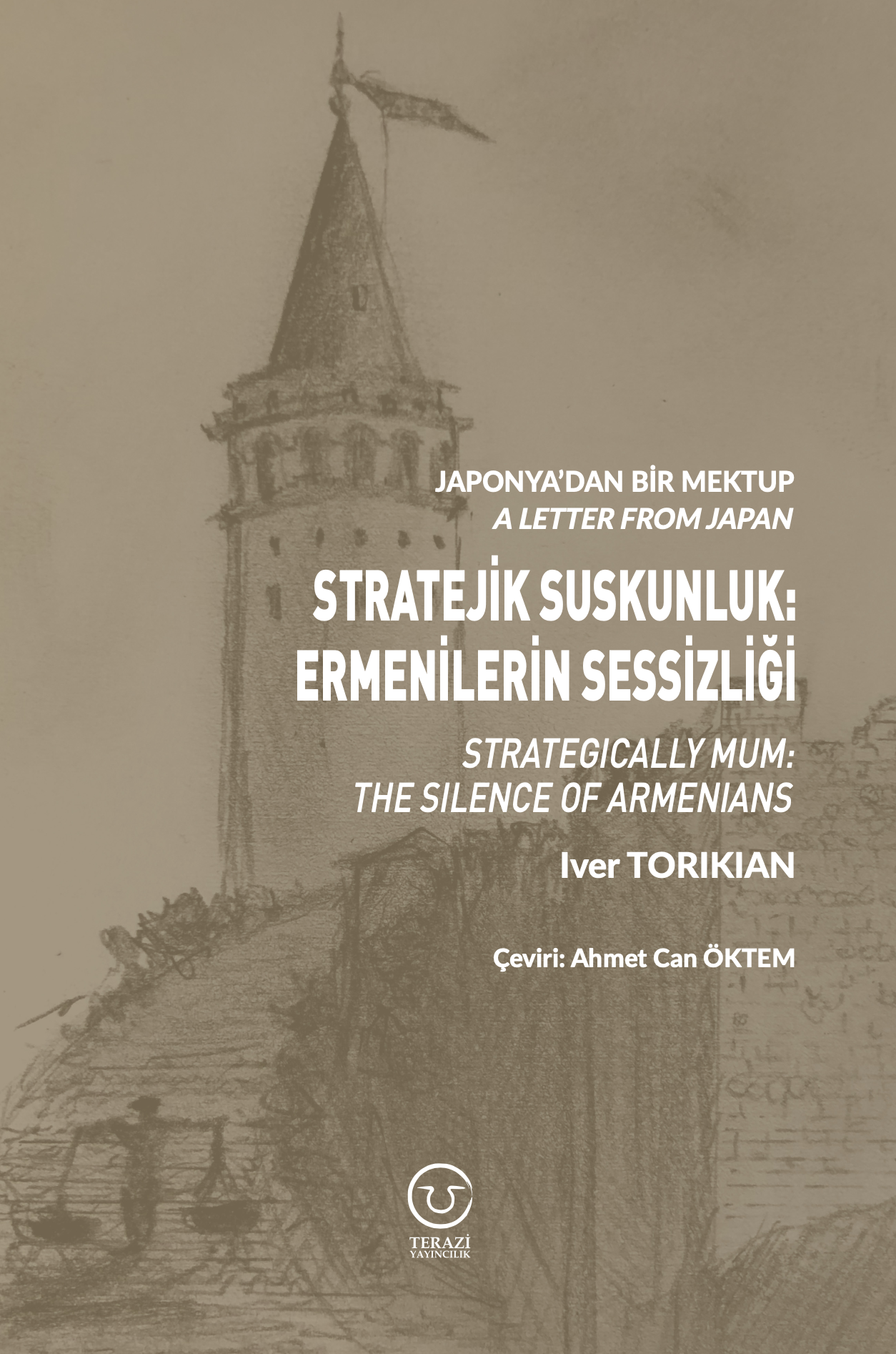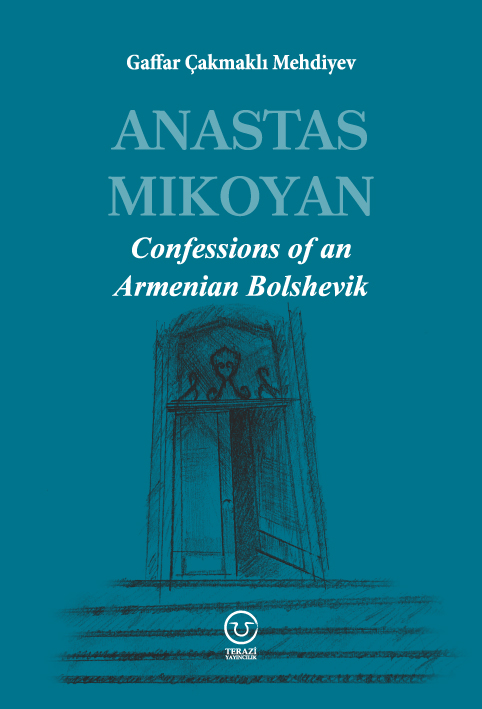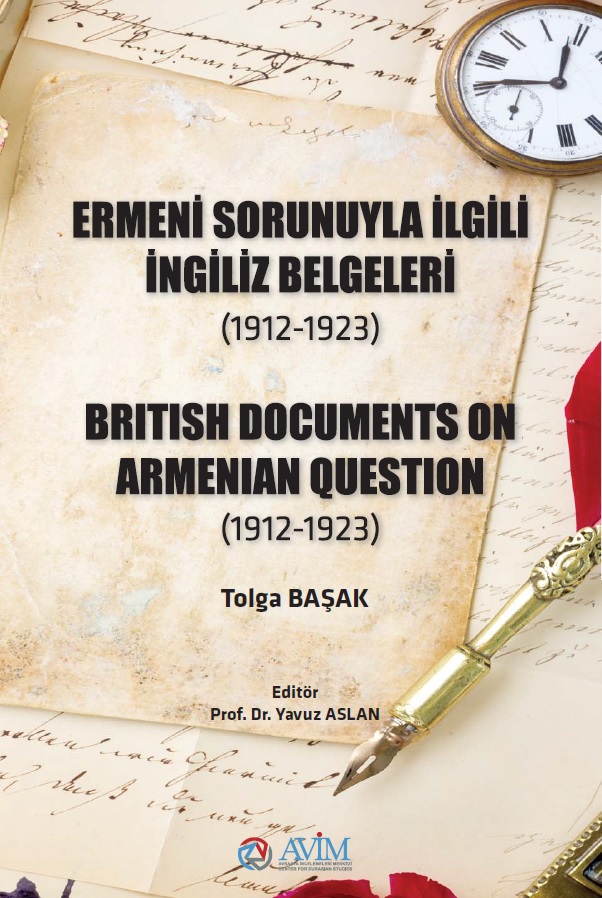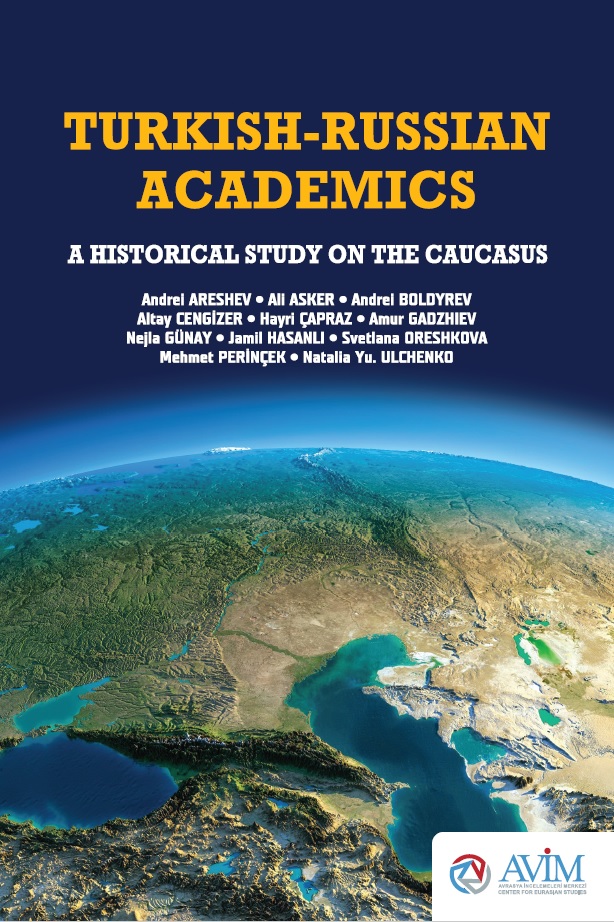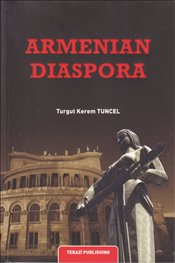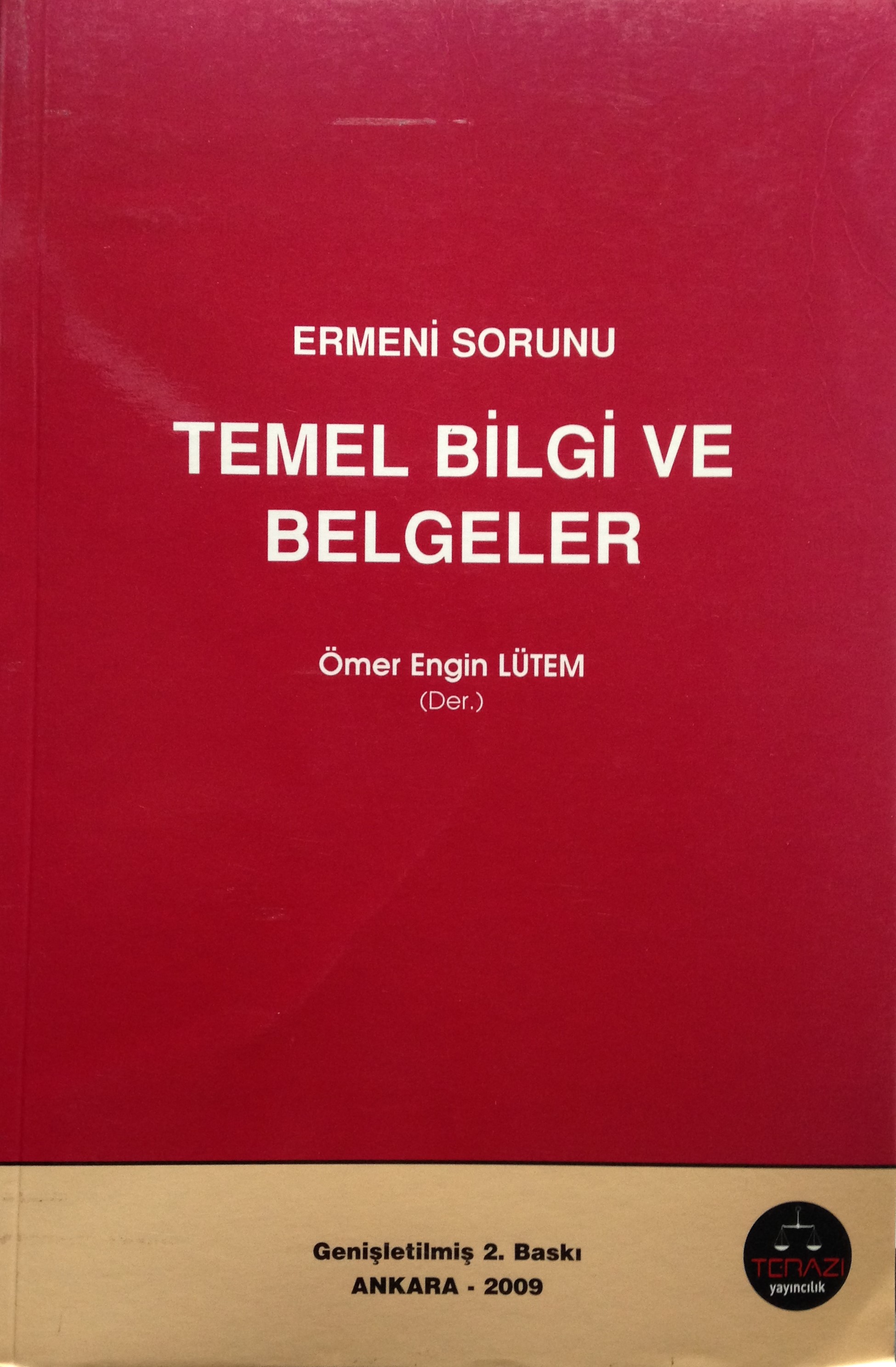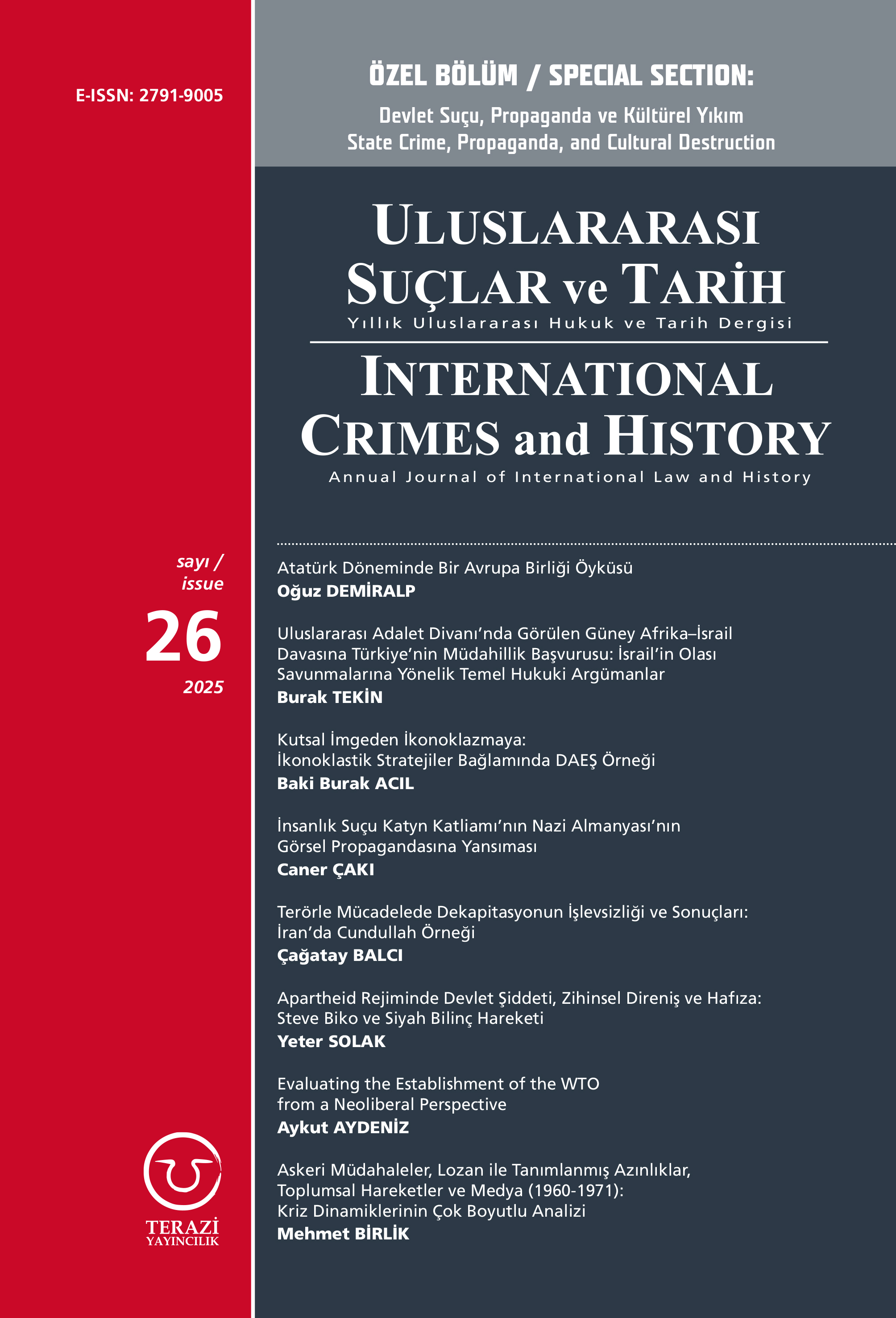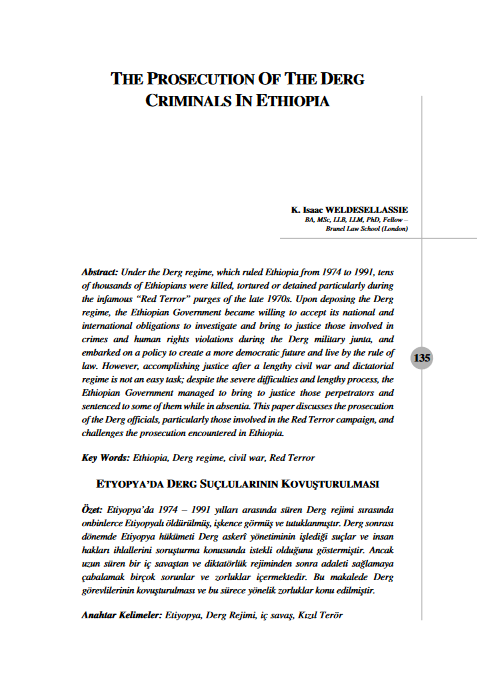Download PDF :


Dear Readers,
We are delighted to meet with our esteemed readers once again in the 78th issue of our Ermeni Araştırmaları journal. This issue features the Editorial, a traditional element of our journal, along with four research articles and a book review. These studies aim to add new dimensions to academic discussions in the field of Armenian studies, both in terms of the methodological approaches they implement and the themes they cover. Carrying on the tradition established in past issues, the Ermeni Araştırmaları journal continues to contribute to the subject’s scientific discussion by gathering studies from interdisciplinary fields such as history, international relations, cultural studies, and political science.
One of the traditional features of our journal, the editorial article titled “Olaylar ve Yorumlar” (“Facts and Comments”) by Ambassador (R) Alev Kılıç, comprehensively addresses the internal political developments in Armenia, its foreign policy dynamics, the peace agreement process with Azerbaijan, and the steps towards normalization between Türkiye and Armenia during the period from May 2025 to October 2025. Kılıç analytically evaluates the deepening internal political tensions in Armenia ahead of the upcoming June 2026 elections, the formation of the opposition bloc, and, in particular, the re-emergence of religious institutions as influential participants in politics.
The first research article in our 78th issue is Esengül Ayaz Avan's study titled “Karabağ Meselesi ve Türkiye Ermenistan İlişkilerine Etkisi” (“The Karabakh Issue and Its Impact on Türkiye-Armenia Relations”). In the article, the author examines the determining impact of the Karabakh issue on the Türkiye-Armenia relations within a historical continuum. The study assesses how the conflict shaped relations between the two countries at the diplomatic, political and economic levels from the early 1990s to the Second Karabakh War. It also evaluates the transformation in bilateral relations created by the new conditions that emerged in the post-war period within an analytical framework.
The issue’s second article is Olgun Ukşal's work titled “Rusya ve Avrupa Birliği Arasında Sıkışan Bir Dış Politika: Ermenistan Örneği” (“A Foreign Policy Stuck Between Russia and the European Union: The Case of Armenia”). It examines Armenia's foreign policy, which was shaped in the post-Soviet era, through a multidimensional analysis. The author examines how Armenia, due to its historical and security-based dependency relationships, attempts to balance its close cooperation with the Russian Federation with its pursuit of integration with the European Union at the political, economic, and legal levels. The study makes an important contribution to the literature in terms of understanding the balancing policies implemented by small states among regional powers. It presents an analytical perspective on foreign policy transformations in the post-Soviet space through the example of Armenia.
The third article is Engin Öztürk's study titled “Bizans İmparatorluğu’nda Ermeni Algısı Nasıldı?” (“How was the Armenian Perception in the Byzantine Empire?”). It addresses the multi-layered structure of perceptions towards Armenians in Byzantine historiography in its historical, religious, cultural and political dimensions. The author examines the position of Armenians as both neighbours of the Byzantine Empire and, in some periods, part of the imperial structure. He analyzes the transformation of perceptions through the adoption of Christianity, the sectarian schism following the Council of Chalcedon, and representations in Byzantine sources. The study contributes to the literature by revealing that the image of Armenians in Byzantium was not a one-dimensional stereotype, but rather a dynamic phenomenon that varied according to the political, theological, and identity-building processes of the period.
The fourth article is Salih Kalkan's work titled “Ermeni Göçleri ve Misyonerlerin Ermeniler Üzerindeki Etkisi (1876- 1908): Harput Örneği” (“Armenian Migrations and the Influence of Missionaries on Armenians (1876-1908): The Case of Harput”). The author analyzes the demographic and religious changes that took place in Harput at the end of the 19th century and the beginning of the 20th century, as well as the impact of missionary activities on migrations and the Protestant population. This work discusses subjects such as the social and economic effects of migrations on Armenian communities in the United States.
Our 78th issue also features a book review. Ilaha Khantamirova reviews the book “The Vanquished: Why the First World War Failed to End” by Robert Gerwarth. Robert Gerwarth's work, The Vanquished is a comprehensive study that questions why peace did not become a permanent order in Europe after the First World War. Through examining the post-war experiences of the peoples of the defeated states, the author reveals how Europe entered a chaotic and violent “peace” process during this period.
We hope that the studies published in the 78th issue of our journal will contribute to the development of new perspectives in the field. We would like to thank our authors, journal reviewers, editorial board, and advisory board for their valuable contributions to the preparation of this issue.
Have a nice reading.
Please click to access the 78th issue.


